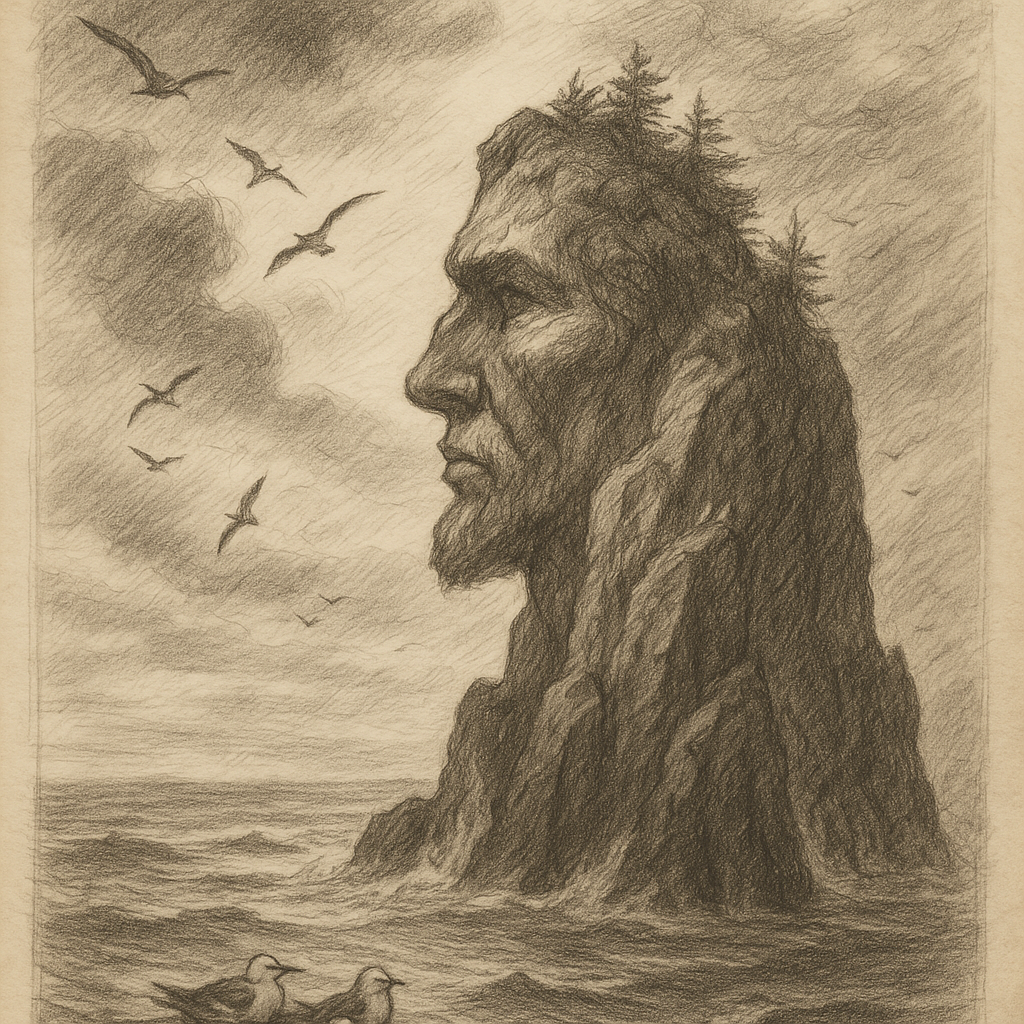Edinburgh of the Seven Seas: The Most Remote Settlement on Earth
Nestled in the heart of the South Atlantic Ocean lies one of the most remote settlements on the planet—Edinburgh of the Seven Seas. Located on the north coast of Tristan da Cunha, this tiny village is part of a British Overseas Territory and is renowned for its isolation, distinctive culture, and extraordinary natural surroundings. Despite its poetic name, which evokes Scottish heritage, Edinburgh of the Seven Seas is a unique world of its own, standing thousands of kilometers from the nearest continents.
Geographic and Geologic Context
Edinburgh of the Seven Seas is situated on Tristan da Cunha, the largest island in a small volcanic archipelago in the South Atlantic, about 2,400 km from South Africa and over 3,000 km from South America. This remoteness makes it arguably the most isolated permanent human settlement on Earth. The island chain lies on the Tristan hotspot, a geological feature responsible for a series of volcanic islands formed over millions of years. The main island is dominated by Queen Mary’s Peak, a stratovolcano rising 2,062 meters above sea level.
The entire settlement rests on relatively flat land near the sea, nestled below the imposing cliffs and volcanic slopes that characterize the island’s rugged terrain. Due to volcanic activity, the area is geologically active, and eruptions have shaped the geography and influenced the community’s history—most notably, the massive eruption in 1961, which temporarily forced the evacuation of the entire village.
Climate and Biodiversity
The climate of Edinburgh of the Seven Seas is classified as oceanic, with mild temperatures year-round, frequent cloud cover, high humidity, and strong westerly winds. Average temperatures range from about 11°C in winter to 17°C in summer, with rainfall spread throughout the year.
Thanks to its isolation and unique climate, Tristan da Cunha supports a fragile yet fascinating ecosystem. The surrounding islands are critical breeding grounds for seabirds such as the Tristan albatross and Atlantic petrel, and marine life in its waters includes seals, rock lobsters, and whales. On land, introduced vegetation competes with native species, although conservation efforts continue to protect what remains of the original flora.
The Community and Way of Life
Edinburgh of the Seven Seas is home to around 250 residents, most of whom are descendants of a small number of families who settled the island in the 19th century. The community is remarkably self-sufficient and maintains a cooperative model of economy, with farming, fishing (especially lobster), and handicrafts forming the core of daily life. Most homes are modest, with limited access to modern amenities, though the village includes a post office, school, church, and small hospital.
Due to the settlement’s isolation, there is no airport on Tristan da Cunha. The only way to reach the island is by secured passage on fishing or research vessels from Cape Town, a journey that takes about 7–10 days across open ocean. Supplies are generally brought in only a few times a year, underscoring the resilience and resourcefulness of its inhabitants.
Interesting Facts
– Edinburgh of the Seven Seas is often referred to simply as “The Settlement” by locals.
– All of the island’s residents hold British citizenship, and there is a strict immigration policy to preserve the local community and environment.
– The island’s postal system is famous among philatelists; Tristan da Cunha stamps are highly collectible due to their rarity and artistic design.
– Solar power has recently been introduced to supplement energy needs, though diesel generators remain the primary power source.
– The settlement celebrated its 200th anniversary in 2016, marking two centuries since Scottish settler William Glass founded the village in 1816.
– Potatoes are a staple crop, and the villagers maintain communal potato patches known as “The Patches” outside the main settlement area.
Legends and Local Lore
Owing to its history and isolation, Edinburgh of the Seven Seas is rich in local legends. One such tale speaks of a “ghost ship” that occasionally appears on the horizon—shimmering just at dusk. Elderly residents speak of glowing lights and muffled voices from a vessel that vanishes before it ever reaches shore. Some believe it to be a whaler lost in the fog of time, forever trying to return to land.
Another legend tells of “The Hidden Valley,” a fertile place somewhere on the island’s interior, said to remain untouched by man and visited only by the island’s native birds. While hikers have searched for it, the valley’s location remains a mystery, adding to the mystique of the island’s volcanic heart.
These stories, passed down orally through the generations, enrich the culture, connecting the villagers more deeply to the land and to each other in a tight-knit community where storytelling remains a vital tradition.
Conservation and Challenges
Living in such a remote and ecologically sensitive environment poses both opportunities and challenges. Tristan da Cunha has been internationally recognized for its commitment to conservation. In 2020, the government declared a Marine Protection Zone covering 687,000 square kilometers—one of the largest in the Atlantic Ocean.
At the same time, the island faces vulnerabilities due to climate change, invasive species, and the dependency on infrequent supply runs. Education and healthcare remain basic due to limited resources, and internet and communications infrastructure is limited to satellite connections.
Yet, despite these hurdles, the people of Edinburgh of the Seven Seas have carved out a thriving, sustainable community with a distinct identity and a shared sense of purpose.
Conclusion
Edinburgh of the Seven Seas is more than just the world’s most remote inhabited settlement—it is a testament to human endurance, adaptability, and community spirit. Its isolation, while a challenge, has also shielded its culture, ecosystem, and way of life from many of the stresses that affect larger, more connected societies. For those who manage the long journey to its windswept shores, the rewards are immense: untouched natural beauty, rich traditions, and a deep sense of connection to the rhythms of the Earth.


